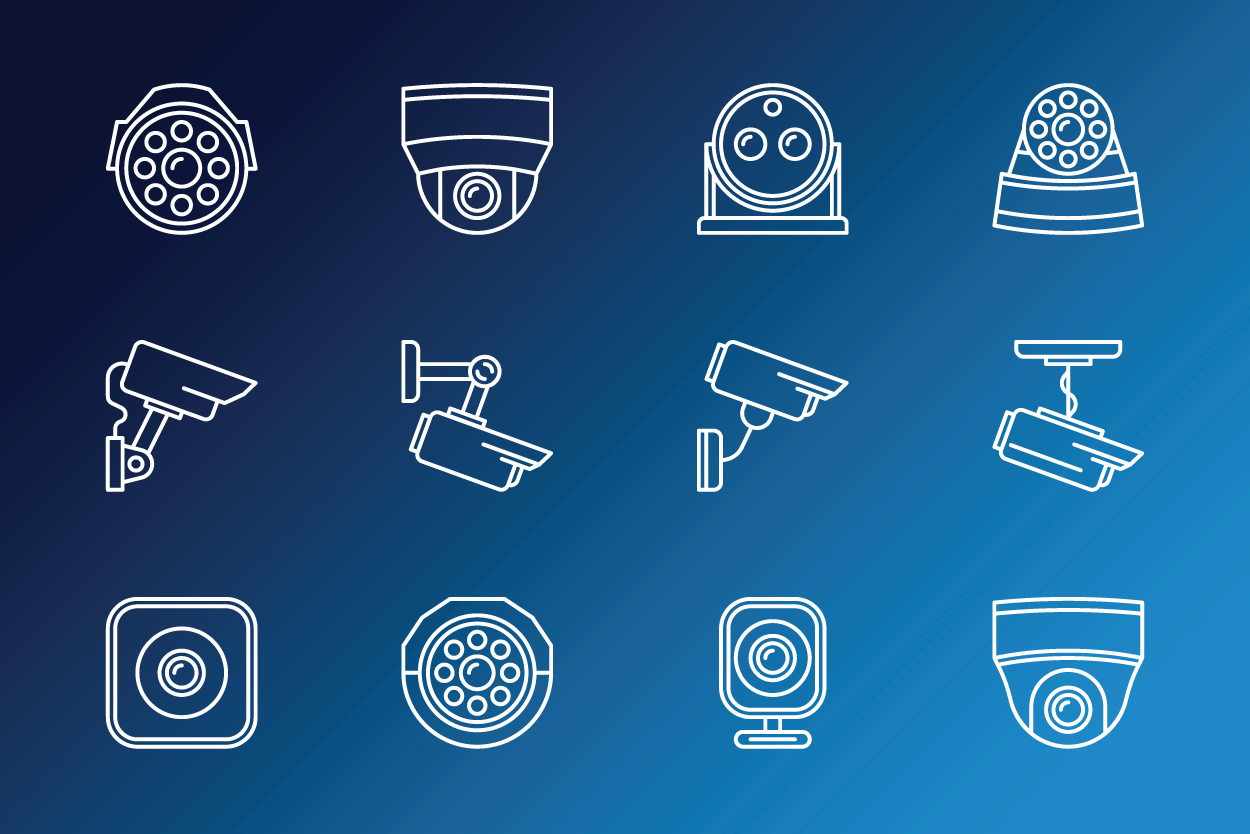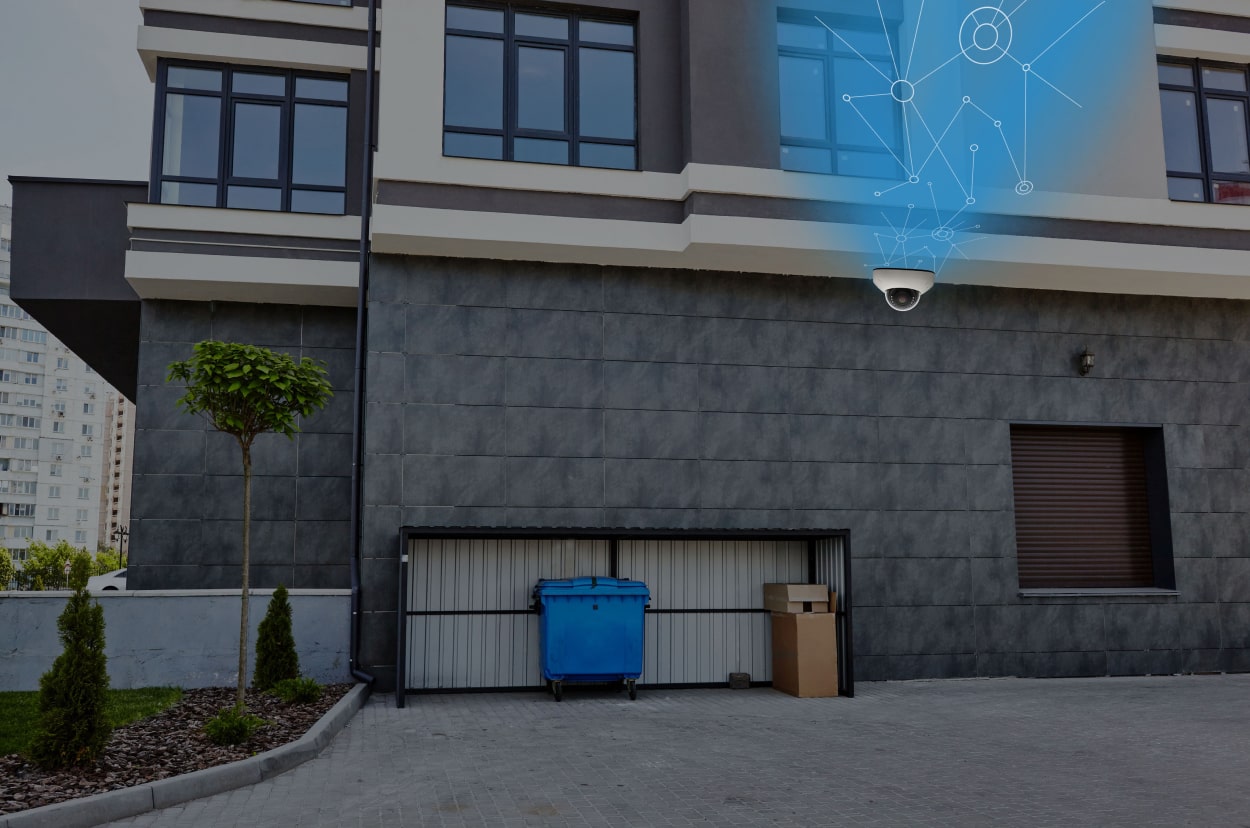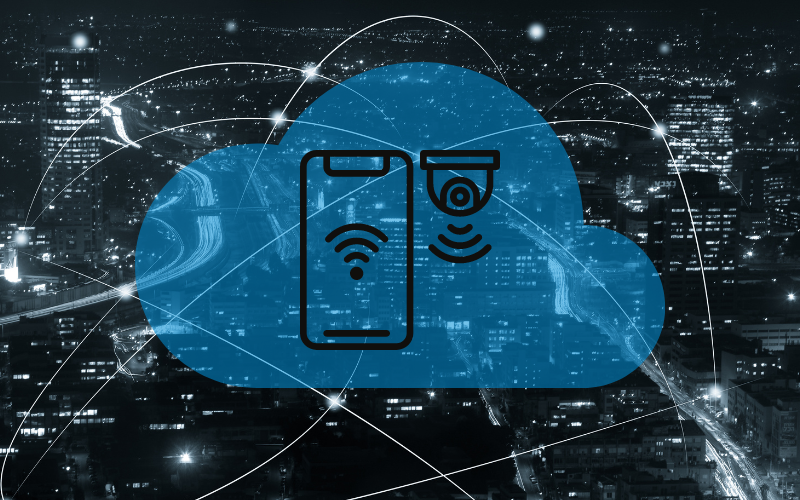
Cameras have their roots in the 1880’s motion picture business, but closed-circuit television (CCTV) cameras weren’t used for surveillance until the middle of the Second World War when Germans used them to monitor the launch of V2 rockets.
The technology would become commercially available not long after, and largely used by governments, banks, and retail operations. But camera choices were limited. For years, it was analog or analog, as the first internet protocol (IP) camera wasn’t released until the mid-1990s.
Fast forward just a few short decades to today, and powerful surveillance camera options are seemingly endless. Furthermore, the parity of analog, IP, and HD over Coax cameras has made leaps and bounds. I probably have 25 consultations a day with customers grappling with what cameras to use for their video surveillance system. These are good issues to have, because it means customers have a lot of strong options, but it can be confusing. So, how do you know what cameras are the most suitable for your video surveillance system deployment? There are pros and cons to each, and the answer depends largely on your needs. Let’s take a closer look …
Analog Cameras
Analog cameras capture video and transfer it directly to a digital video recorder (DVR) through a coaxial cable.
Pros
Ease of migrating solution to the cloud – A vast majority of existing installations today are analog. To sync a new system to the cloud, it’s as simple as installing a bridge or cloud managed video recorder (CMVR) and plugging it in. You keep a majority of cameras and cables, and replace just one device. For the reseller, it’s instant recurring monthly revenue, and for the end user, it preserves the existing investment, and consequently, saves money.
All the benefits of the cloud – Once your analog camera is connected to the cloud, you garner all the high-end enterprise level features fundamentally baked into the product at a very affordable price, including centralization, redundancy, availability, and so on.
Supports long cable distances – Analog is ideal for long cable distances needed in areas such as parking lots, schools, and campus-style businesses. Most or all of this can be preserved when you migrate to the cloud.
Full frame rate with no compression – Analog inherently runs at full frame rate with no compression, ensuring your video looks really smooth. This is particularly helpful in environments such as casinos, where you need to review everything on a per-frame basis to capture fast action.
Cons
Resolution limitations – There’s a theoretical maximum resolution for analog cameras, which is a fraction of today’s IP camera capabilities. To compare, some IP cameras can have up to 32 times the resolution.
The industry is losing senior techs who know how to diagnose and repair analog cameras – Newer technicians are more network savvy, but they don’t necessarily have experience servicing and maintaining existing analog cameras.
IP Cameras
Commonly used for surveillance, an IP camera is a digital video camera that receives control data and sends image data via an IP network. The IP camera revolution began in the 2000s, but at the time, they were significantly more expensive, and consequently, cost-prohibitive for many businesses. Today, you can still get expensive, high-end IP cameras with insane bells and whistles, but you can also find plenty of options on par, pricewise, with the analog cameras of yesteryear.
Pros
Resolution – Modern IP cameras have excellent image quality and resolution. And because the amount of pixels on target is so much better, you gain the ability to gather forensic details easier, such as people’s faces, license plate numbers, etc.
Specialized cameras – IP cameras provide the best breadth of application in the market. IP cameras can be multi-image, fisheye, thermal, bullet, dome, and more.
Cons
Technicians have to learn networking – There is an entire generation of technical people whose core competency centers around analog. Suddenly, their capabilities are being upended and they’re having to learn networking. This is particularly tough for some of the giants that employed thousands of techs.
You lose a little of the low-latency experience – An aspect of networking is the data is flowing in all different directions as devices are communicating. There is a limit to how quickly this data can be prioritized and transferred, and this creates latency. With IP, you can expect one to two seconds of latency. That’s completely acceptable; however, analog is basically instantaneous. And the latency is exacerbated by remote viewing.
Dedicated network recommended – Video data is the densest form of data that will flow through any network, and can cause havoc on an existing network, taking it over so that no other data can move through. It’s recommended you create a dedicated network for the IP camera, so as not to interfere with existing networks that are used for business purposes. This has an inherent cost associated with it in the form of extra hardware.
Some IP cameras are really expensive – You could spend upwards of $45,000 on a specialized IP camera with features such as thermal, night vision, positioning systems, etc.
HD over Coax Cameras
HD over Coax cameras offer real-time uncompressed (or very slightly compressed) video data direct from the camera to the recorder. 2014 was the pivot point during which HD over Coax started to become a thing, because suddenly you were able to push megapixel resolution images through Coax, where previously you had a limit.
Pros
You can preserve your Coax infrastructure – With HD over Coax you don’t have to rip and replace existing cable, which can be very costly … even more so than starting from scratch. You can just replace the camera and recording devices at either end of the cable and you essentially have a brand new system.
You’re getting all the best of both technologies – HD over Coax provides you with high-resolution video and great image quality that’s very cost effective.
Makes installers very competitive – Price is king, and this approach is way less expensive for the end-user.
Cons
Limited amount of camera types – With HD over Coax, you don’t have the breadth of products, like dome, bullet, and other popular form-factor cameras that you do with IP.
Cable issues – You have to have copper core cabling. HD over Coax won’t work with copper clad. And, it takes tribal knowledge to know which you have. The tech needs to know to go to the cable, snip off the connector, and check the cable type.
Other posts that might interest you

See how businesses are already using Camera Direct Complete
Eagle Eye Networks Camera Direct Complete is an affordable, direct-to-cloud security solution that expands access to Eagle Eye Networks Cloud VMS (Video Management System), even for businesses that only need…
April 14, 2023
4 reasons to move to cloud-based video surveillance
As organizations continue to embrace the advantages of cloud-based operating systems for critical functions such as email, phone, and backup services, it's only natural to extend these benefits to their…
June 23, 2023
Eagle Eye Cloud VMS Success Story: South Huron Hospital
South Huron Hospital, in Ontario, Canada was one of many hospitals struggling with a diminishing supply of PPE (personal protective equipment) in the fight against the spread of novel coronavirus…
April 10, 2020








